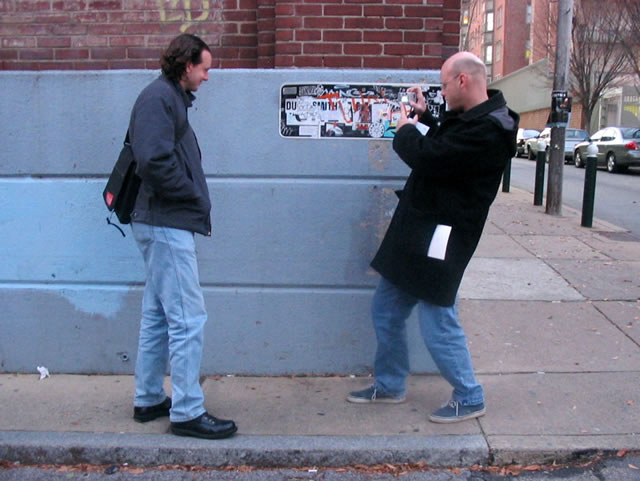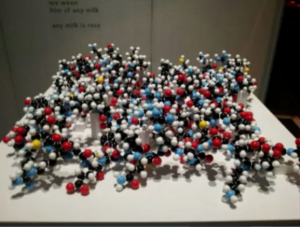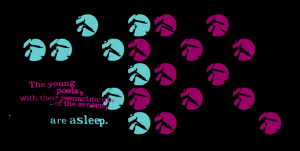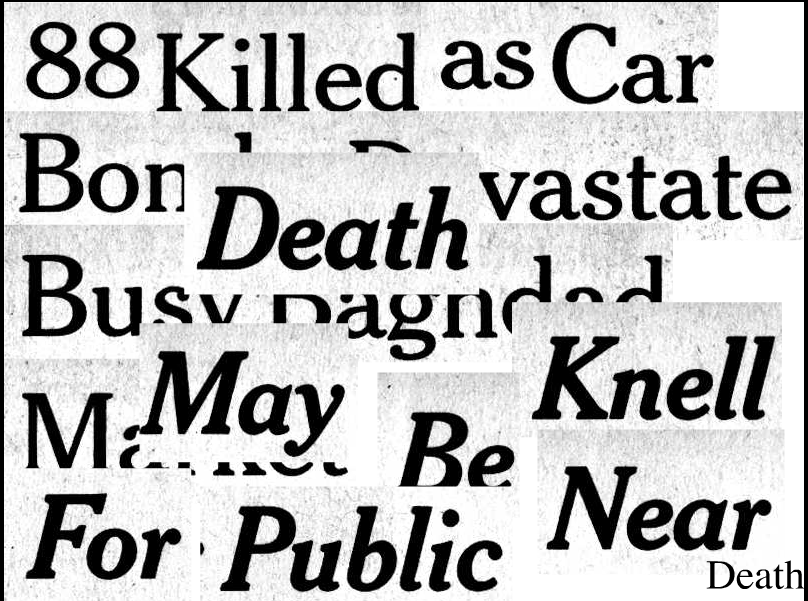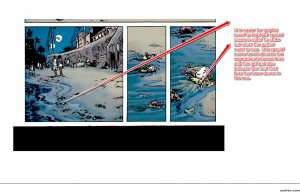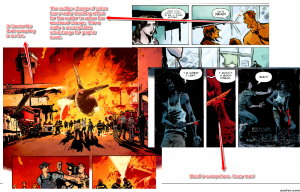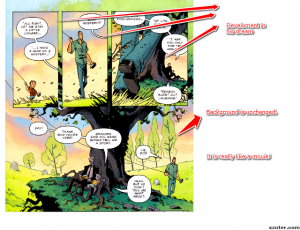Electronic Literature Critique: Implementation
In the 1980’s, with the advance of computing technology, literature began to move from the printed books into computer screens. That is the birth of electronic literature. N. Katherine Hayles argues in the online article Electronic Literature: What Is It that, “electronic literature, generally considered to exclude print literature that has been digitized, is by contrast ‘digital born,’ and (usually) meant to be read on a computer.” According to the Electronic Literature Organization, electronic literature or e-lit refers to “works with important literary aspects that take advantage of the capabilities and contexts provided by the stand-alone or networked computer”. Although there are a huge amount of different forms of electronic literature, the Electronic Literature Organization gives nine categories of current electronic literature, which are “(1) E-books, hypertext fiction and poetry, on and off the Web (2) Animated poetry presented in graphical forms, for example Flash and other platforms (3) Computer art installations which ask viewers to read them or otherwise have literary aspects (4) Conversational characters, also known as chatterbots (5) Interactive fiction (6) Novels that take the form of emails, SMS messages, or blogs (7) Poems and stories that are generated by computers, either interactively or based on parameters given at the beginning (8) Collaborative writing projects that allow readers to contribute to the text of a work (9) Literary performances online that develop new ways of writing”. Implementation is the kind of electronic literature project that is a writing project that allows readers to contribute to the work.
Implementation is a project about how texts resonant with their environment. The authors put their book chapters on stickers and then distribute those stickers to individuals. Instructions which encourage people to peel the stickers off and place them in public area are along with those stickers. Then the authors collect the images of those sheets of stickers and put those imagines online. Those images which are photographed by the readers at different placements give us an idea of the resonance between the texts and the environment. As written in the project’s introduction, the authors hope that “this form of interaction will engender new and unanticipated meanings as Implementation is situated in specific public spaces that resonate with the texts in different ways.”
In my opinion, the most fantastic thing about Implementation lies in the interactivity. There are four kinds of people who participate in this project. The first kind is the “sheet readers” who have the sheets of stickers, read the texts and distribute those stickers. The second kind is the people who read those stickers in public area. And then there may be some “web readers” who want to know more about the book or the project by going to the website. The most important is the “participants” who read those stickers in public area, post the stickers they have, photograph those stickers according to their will and send those images back to the authors. It is those participants that make the whole project have interactivity because they decide the “interface” of the book and the way texts resonate with environment by photographing in different ways and at different conditions. This is a novel idea for interactivity. In the “classic” electronic literature such as Michael Joyce’s afternoon: a story, the interaction is achieved by hypertexts’ linking structures. In kinetic poems (such as City Story), chatterbots (such as Because You Asked) and interactive fictions (such as Knotted Line), the interactivity is achieved by the game element which means that the reader’s different reactions cause different but programmed consequences. However, the interactivity in Implementation is not achieved by either the linking structures of hypertexts or the programmed game elements. In Implementation the interactivity is achieved by the decision of the participants . The participants decide the places the stickers are situated, the way the images are photographed, the resonance between the texts and the environment. Unlike hypertext fictions in which every link is read in isolation, the stickers in Implementation function in a whole as a coherent narrative. The readers who see the stickers can have access to the whole story by viewing the website to see the texts or images. Instead of using game elements which result in programmed consequences according to the reader’s reaction, the consequences in Implementation are not programmed and are totally undetermined until the reader post imagines online. This is the real interactivity instead of “inter-passivity”. This also offers a new way for collaborative writing.
Although the Implementation is an excellent electronic literature project, there are some aspects that can be improved from my point of view. The first one I would like to improve is how to show the places where the stickers are situated. In the current project, all the images are listed according to placement. This cannot give the reader a specific sense of how the stickers are distributed. It would be great if the stickers can be marked on a map just like what is done in the project Skin. In the project Skin, the literature pieces are written on the skin of volunteers with a map to show the place of each literature piece. From the map, the reader can easily explore the geographic features of literature. In the project Implementation, a map will be a great tool to find some resonance between the texts and geographic locations. The second improvement is about the way to show the images. In the current project, the images are not just listed according to the location name. It would be better to use some interactive way to show these images. For example, in the project the Knotted Line, the interactive way of reading makes the reader have a sense of development and a sense of uncovering story. For the similar reason, in Implementation, an interactive interface can give the reader a sense of the shift of geographic locations. That may cause some unanticipated meaning about the resonance between the texts and the environment.
In summary, the project Implementation is an electronic literature project that uses collaborative writing to allow readers to contribute to the work. The interactivity in Implementation is different from the hypertexts and game elements in other electronic literature projects. This collaborative writing way has unpredictable consequences instead of programmed consequences when interacting with the readers. It would be better if the project can improve aspects about the interactive interface on the website.
CITATION:
Implementation, http://nickm.com/montfort_rettberg/implementation/
N. Katherine Hayles, Electronic Literature: What Is It, http://eliterature.org/pad/elp.html
Electronic Literature Organization, http://eliterature.org/
Michael Joyce, afternoon: a story (Watertown MA: Eastgate Systems, 1990)
City Story, http://luckysoap.com/entreville/index.html
Because You Asked, http://www.cddc.vt.edu/journals/newriver/07Spring/bigelow/BecauseYouAsked.html
Knotted Line, http://knottedline.com/
Skin, http://ineradicablestain.com/skin.html

